Muscle knots can be a real pain, quite literally. Whether you’re an athlete, a desk worker, or someone who simply experiences stress, muscle knots can sneak up on anyone. But don’t worry, learning how to get rid of muscle knots is entirely within your reach. This guide will walk you through a step-by-step process, ensuring that relief is accessible and engaging. By breaking down the methods into manageable parts, you’ll find that managing muscle knots doesn’t have to be daunting. Let’s dive into this supportive and inclusive journey towards a tension-free body.
Understanding What Muscle Knots Are

Muscle knots, also known as myofascial trigger points, are areas where muscle fibers or fascia become tight and form a palpable spot. They are often the result of poor posture, repetitive movements, or emotional stress. When these knots form, they can restrict blood flow and cause pain, both locally and in other areas through referred pain.
This tightness in the muscle can make it difficult to move freely and can even lead to headaches or other discomforts. Understanding the causes of muscle knots helps you approach the problem with more clarity and confidence.
Identifying the Symptoms of Muscle Knots

Muscle knots can manifest through various symptoms that can disrupt your daily life. One of the most common signs is a dull, aching pain in the affected muscle. This discomfort can make the muscle feel stiff and limit your range of motion. You might notice a small, tender bump or a tight band within the muscle that hurts when you press on it.
Sometimes, pressing on the knot can even cause pain in a completely different part of your body, known as referred pain. This can be particularly confusing, as the source of your discomfort might not be immediately obvious. By paying attention to these symptoms, you can better identify and address muscle knots before they become a bigger issue.
Stretching Techniques to Relieve Muscle Knots
Stretching is an invaluable method for alleviating muscle knots, promoting both relief and flexibility. To begin, focus on slow, controlled stretches that zero in on the affected area. If you’re dealing with a knot in your neck, try gently tilting your head towards each shoulder, holding the stretch for 15-30 seconds without forcing it.
For a knot in the lower back, lie on your back and pull your knees towards your chest, embracing the stretch as you hold for a similar duration. Always remember that stretching should be a pain-free process, so ease into each movement gradually.
To address muscle knots in your legs, a simple hamstring stretch can work wonders. Sit on the ground with one leg extended and the other bent, reaching towards your toes with a straight back. Hold the stretch gently and switch sides. Stretching the calves can also provide relief; stand facing a wall, place one foot back, and press your heel to the ground while bending the front knee.
Incorporating regular stretching into your daily routine can not only relieve current muscle knots but also prevent new ones from forming. Stretching enhances blood flow and muscle elasticity, creating a more resilient and tension-free body.
Self-Massage Methods for Immediate Relief
Self-massage can be a game-changer for relieving muscle knots. Start by using your fingers, knuckles, or a massage tool to gently press into the knot, moving in slow, small circles. This technique, known as myofascial release, helps to increase blood flow and relax the tight muscle fibers. For larger muscle groups like your back or thighs, a foam roller can be particularly effective. Slowly roll over the knot, taking your time and pausing on particularly tender spots.
Consider trying a tennis ball or a similar-sized ball for hard-to-reach areas. Place the ball between your body and a hard surface, like a wall or floor, and gently apply pressure by moving your body against it. This allows you to target the knot precisely.
To amplify the benefits, you might also use massage oil or lotion to reduce friction and make the process more comfortable. Focus on maintaining steady, controlled pressure, and remember that self-massage should never be painful. The goal is to ease tension, not to cause additional discomfort.
By taking the time to perform these self-massage techniques, you’ll find yourself more in tune with your body’s needs and better equipped to manage muscle knots effectively.
The Benefits of Heat and Cold Therapy

Heat and cold therapy are powerful tools for alleviating muscle knots. Applying heat, such as with a warm towel or heating pad, can help relax tense muscles and improve blood flow, which aids in recovery. Heat is particularly effective if you feel your muscles are stiff or achy, providing a soothing effect that can ease discomfort.
Conversely, cold therapy, like using an ice pack, can be beneficial when dealing with inflammation and sharp pain. The cold numbs the affected area and reduces swelling, offering immediate relief. Alternating between heat and cold can also be effective, as this combination promotes circulation and reduces inflammation more effectively.
Always protect your skin by wrapping the heat or cold source in a cloth, and limit application to 15-20 minutes at a time to avoid skin damage. By experimenting with both methods, you can discover which offers the most relief for your muscle knots and tailor your approach accordingly. This ensures you have versatile and effective tools at your disposal for managing muscle tension and promoting overall well-being.
The Importance of Hydration and Nutrition
Maintaining proper hydration and nutrition is essential for muscle health and can play a significant role in preventing and alleviating muscle knots. When your body is dehydrated, it can lead to muscle cramps and exacerbate the discomfort associated with knots. Ensure you’re drinking plenty of water throughout the day, aiming for at least eight glasses. This will keep your muscles well-hydrated and more pliable.
Nutrition also greatly influences muscle function and recovery. Incorporate a balanced diet rich in anti-inflammatory foods to support muscle health. Foods such as fruits, vegetables, nuts, seeds, and omega-3 fatty acids can help reduce inflammation and promote overall muscle recovery. Leafy greens like spinach and kale, berries like blueberries and strawberries, and fatty fish like salmon are excellent choices to include in your meals.
Protein is another critical nutrient for muscle repair and growth. Lean meats, beans, lentils, and tofu can provide the necessary building blocks for muscle maintenance. Additionally, magnesium-rich foods like almonds, avocados, and bananas can help prevent muscle cramps and spasms.
By focusing on hydration and a nutritious diet, you’ll create an environment in your body that supports muscle health, making it less likely for muscle knots to develop. These dietary habits not only benefit your muscles but also contribute to your overall well-being.
When to Seek Professional Help
Sometimes, muscle knots require more than just self-care techniques to resolve. If you find that your muscle knots are persistent, causing significant pain, or limiting your daily activities despite your best efforts, it might be time to consult a healthcare professional.
Physical therapists can provide specialized exercises and manual therapies tailored to your specific needs, helping to alleviate pain and improve muscle function. Massage therapists offer targeted treatments that can break down even the most stubborn knots.
Chiropractors are another option for addressing muscle knots, particularly if your knots are linked to spinal issues. They can offer adjustments and advice on improving posture and ergonomics to prevent future knots. Additionally, your primary care physician can help rule out other underlying conditions that may be contributing to your muscle tension.
Seeking professional help is a proactive and positive step towards long-term relief. These experts have the training and experience to provide comprehensive care, ensuring that you get back to feeling your best as quickly as possible.
Preventative Measures to Keep Muscle Knots at Bay
Preventing muscle knots before they start is all about adopting a proactive approach to your daily habits. Begin by ensuring that your posture is correct, whether you’re sitting, standing, or moving. Ergonomic chairs, supportive footwear, and mindful adjustments to your work setup can make a world of difference.
Regular physical activity is another key factor. Engaging in a balanced exercise routine that includes both strength training and flexibility exercises will keep your muscles resilient and less prone to knotting. Incorporate activities like yoga, pilates, or simple stretching exercises into your weekly routine to maintain muscle elasticity.
Managing stress is crucial for muscle health. Techniques such as deep breathing exercises, meditation, and progressive muscle relaxation can help reduce overall tension. These methods not only calm the mind but also ease muscle tightness.
Be mindful of how you carry and distribute weight, whether it’s a heavy bag or during physical activities. Use proper lifting techniques and avoid overburdening one side of your body. This balanced approach helps in preventing undue strain on specific muscles.
Lastly, ensure that you’re not sitting or standing in one position for extended periods. Taking regular breaks to move around, stretch, and change positions can prevent muscles from becoming too tight.
By integrating these habits into your daily life, you’ll create an environment that supports muscle health, making muscle knots less likely to disrupt your day. These small but significant changes contribute to a more comfortable and active lifestyle, fostering a tension-free body and mind.



